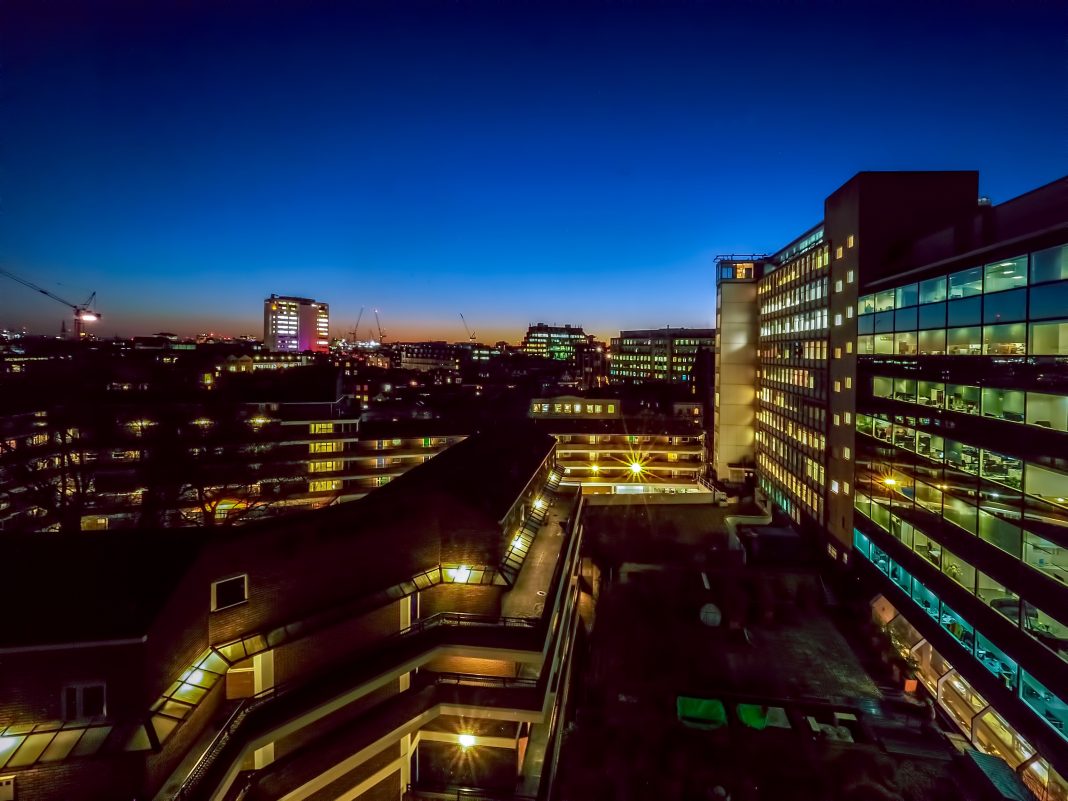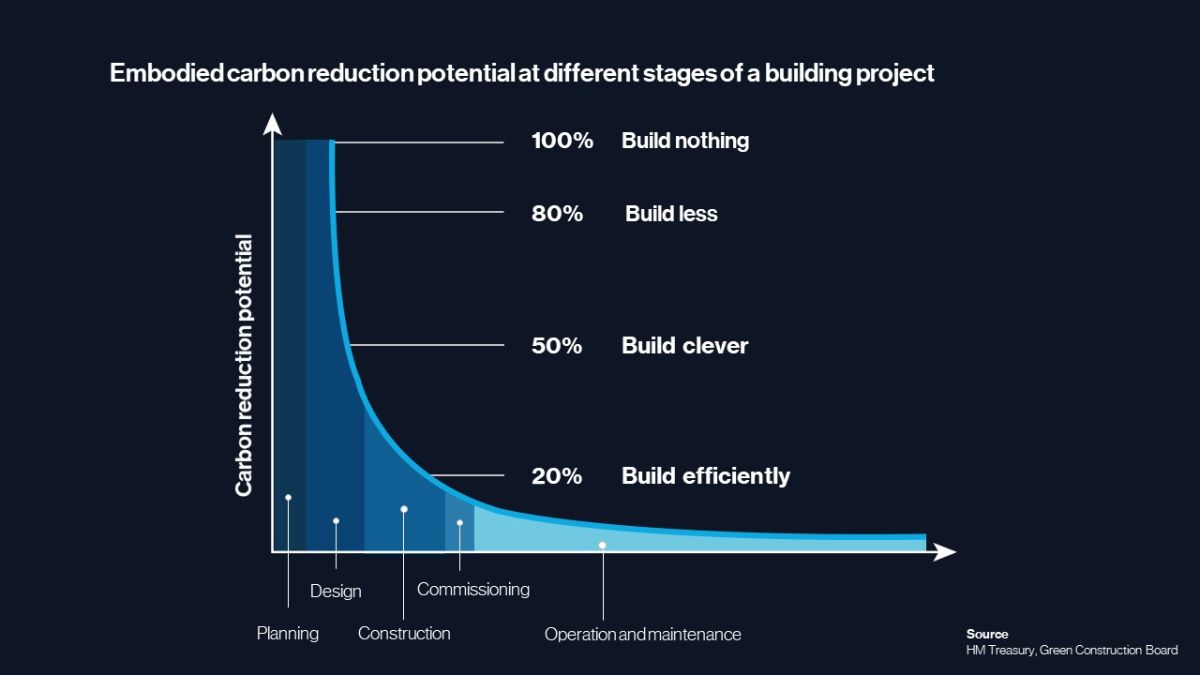Cartwright Pickard has joined forces with the Mackintosh Environmental Architecture Research Unit at the Glasgow School of Art to adapt 7D BIM processes
Cartwright Pickard and The Mackintosh School of Architecture aim to integrate whole-life cost estimation with Building Information Modelling (BIM), assisting designers’ decision-making based on accurate data of a building’s performance.
The two have conducted research into how 7D BIM software could assist the government’s commitment to a 2050 target of net-zero carbon and a 33% reduction in whole life cost by 2025.
The technology will integrate advanced BIM (Building Information Modelling) with cloud-based whole life cost and carbon databases, enabling those commissioning and designing buildings to make better and more informed decisions at every stage of the design process.
What is 7D BIM?
7D BIM allows those in architecture, engineering and construction industries to more accurately predict whole life costs, helping them to understand the long-term viability of alternative design options.
The aim is to move away from historical data, instead defining information requirements and data structures to collect data in-use and therefore monitor performance. This will also allow accurate financial projections for a building in operation.
Industry partners working on this project alongside Cartwright Pickard and The Mackintosh School of Architecture include; BLP Insurance, Morgan Sindall Construction, Galliford Try Partnerships, Prosperity Capital, Etex, Hoare Lea, Stanhope and Elliott Wood.
Data-driven decisions
The research conducted by Cartwright Pickard and Dr Mariangela Zanni backs data-driven decisions for safeguarding the future, empowering developers to deliver long-life, lower-cost buildings. This involves data collected during the design and construction phases of a project, as well as collating information once a building is complete, helping to inform new briefs and processes, providing accurate estimation of a building’s performance.
Dr Mariangela Zanni, head of research and sustainability at Cartwright Pickard, said: “The concept of Building Information Modelling (BIM) is well established, but we haven’t yet unlocked the full value of this approach.
“Drawing on the concept of 7D BIM, the research aims to show that whole life building performance, and therefore the cost of operating a building, can be estimated from the earliest design stages of a project.”
Building sustainability
7D BIM also addresses the crucial aspect of building sustainability.
Cartwright Pickard aims to transform the construction industry through 7D BIM, facilitating lower-maintenance buildings that create a reduction in waste. With 25% of all UK waste produced from construction and demolition, this research is vital in making a huge impact on the environmental targets set out for the next three decades.
The benefits of this research will be crucial to public sector organisations and those procuring buildings to be retained over the long term, such as schools, hospital and social housing.
7D BIM hopes to enable a new approach to design and construction, ultimately saving the industry huge financial strain whilst protecting the future of our planet.
The working prototype that has been developed in a two-year Knowledge Transfer Partnership (KTP) research project concludes in January 2020. Phase two is expected to begin shortly, with Cartwright Pickard committed to producing 7D BIM to procure the future of construction.


















